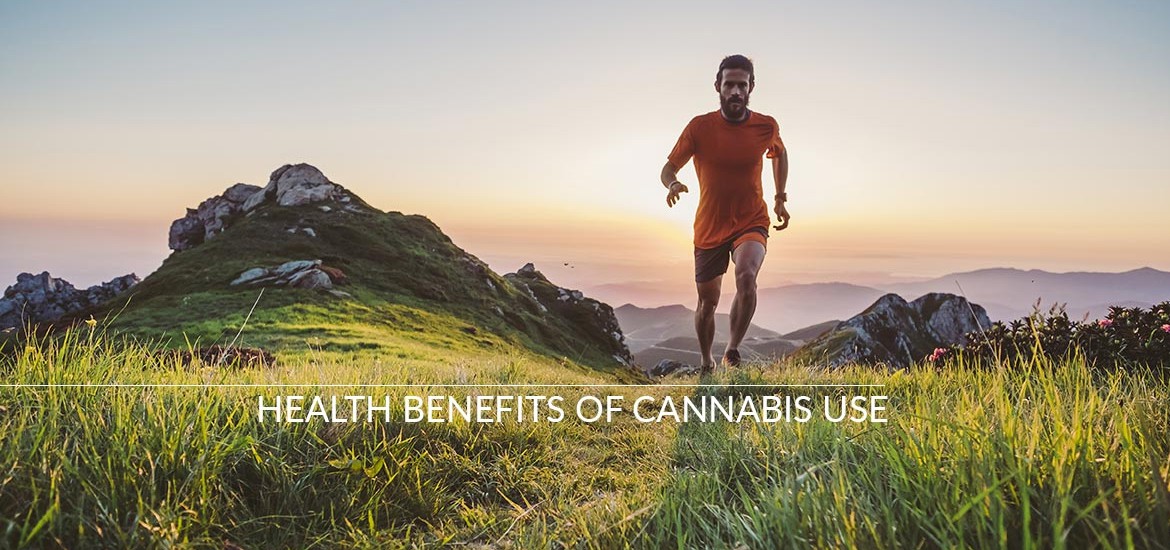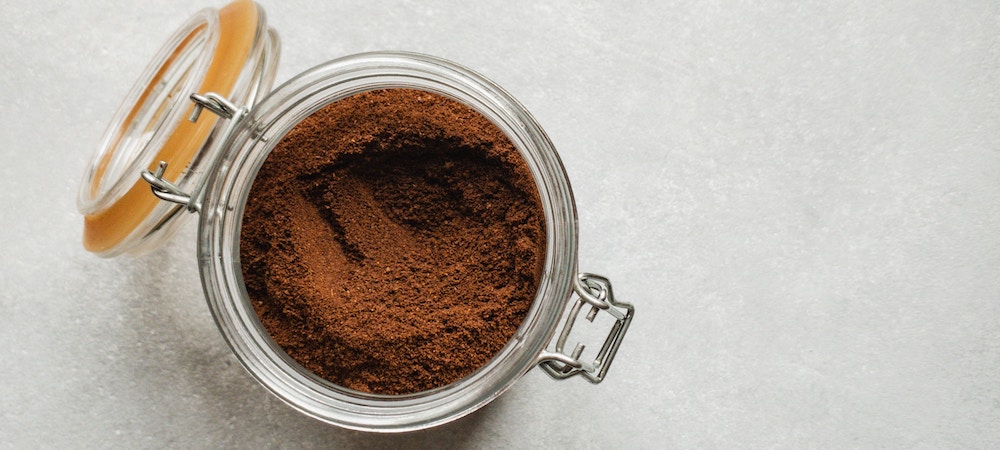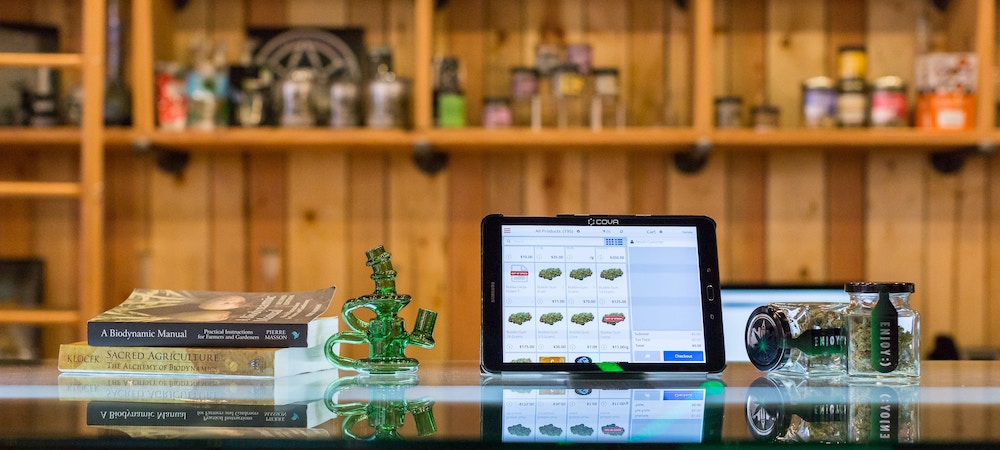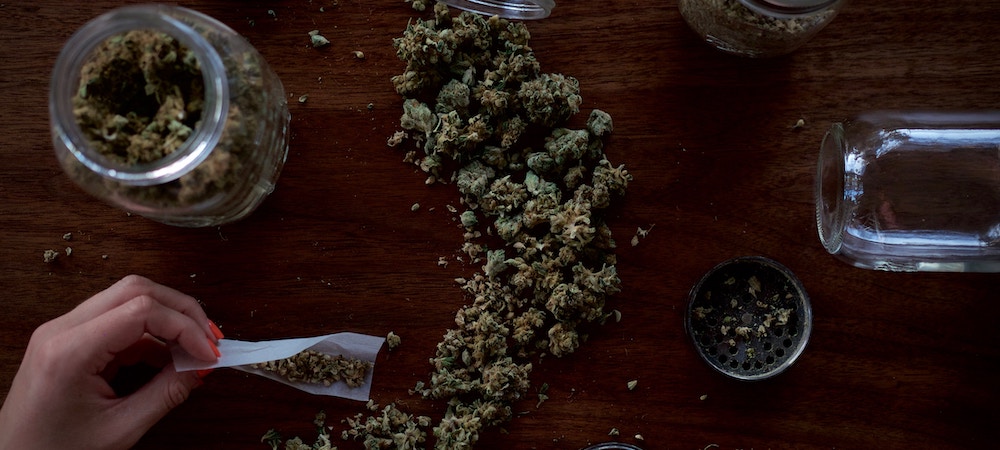Cannabis was unfairly associated with being lazy, among many more stereotypes. As you will soon learn, the much-maligned plant can also help you perform better in two areas – exercise and creativity.
Getting enough exercise is one of the best things you can do for your health daily. While you may think that getting high is antithetical to exercising, there is evidence suggesting that cannabis use can be beneficial alongside physical activities.
Creativity is another essential part of human life. The beneficial health effects of creativity are more intangible but critical to a fulfilled life. After discussing cannabis and exercise, we’ll shift to performing creative activities and how cannabis plays a significant role.
Cannabis and Exercise Performance
Have you heard that cannabis makes you lazy? Sadly this stereotype has given many people the wrong idea. While cannabis is used to provide sedative and relaxing effects, there is so much more to cannabis. Depending on the strain, and the precise mixture of cannabinoids and terpenes, the results vary widely.
If you are looking to get stuck on your couch, then go ahead and smoke some indica to get you there. But don’t think that is all cannabis can do. A recent study helped dispel this old weed stereotype.
Based on an online survey in US states with legal access to cannabis, researchers found that most people endorsed using cannabis alongside exercise. Over 80% of cannabis consumers said they exercised while high. Furthermore, the participants who used cannabis shortly before or after exercise reported enhanced enjoyment and recovery from exercise.
Around half of the participants reported that cannabis increases their motivation to exercise. This supports the other major finding of this study. The participants who used cannabis alongside exercise reported more minutes of exercise per week.
Others also use cannabis after exercise to encourage rest, relaxation, and recovery. A quick note here, as the focus is often directed toward THC. We should not forget to mention CBD. High-CBD strains and oils do not produce the same high as THC strains do. The anti-inflammatory impacts of CBD lend nicely to using it as a post-exercise recovery aid.
The type of exercise is an important consideration when talking about getting high. Performing any activity that involves dangerous situations or maximal performance is best done sober. Rock climbing or kayaking are activities better suited for a clear mind. On the other hand, repetitive, low-intensity, and safe activities provide much better opportunities for getting baked. This includes walking, jogging, and other aerobic activities.
The sensory enhancements that occur while high also go well with exercise that requires good body awareness. This includes yoga, stretching, tai chi, and so on. Getting high can also increase your heart rate, which may be the boost you need to get up and going with your low-intensity exercise of choice.
The Runner’s High
A fascinating and relatively new research area involves the role of the endocannabinoid system in the positive effects of exercise. The runner’s high is the term used to describe the feeling of euphoria, reductions in pain and anxiety, and relaxation that occur after moderate-intensity exercise over more extended periods. Those who love cannabis may notice how these effects seem very similar to what happens while high.
Well, evidence suggests that the endocannabinoid system mediates and influences this physiological response to exercise. It does, therefore, seem like the science is indicating that the activity of THC on the endocannabinoid system may be closely related to the runner’s high.
While we used to think that endorphins produced the runner’s high, we now know that this compound can’t cross the blood-brain-barrier to have these cognitive effects. Anandamide is the ‘bliss hormone’ that acts upon the endocannabinoid system to produce the runner’s high. THC is known to mimic anandamide inside the brain and function similarly inside the human body.
This is a fertile area of research that should present some incredible findings in the coming years. At this point, it certainly seems like the term runner’s ‘high’ and the ‘high’ from cannabis share far more in common than people realized when coming up with these terms.
Recommended Strains
The choice of cannabis strain may play a significant role in whether it helps you get off the couch. If you’re seeking stimulating daytime creativity, consider one of our fantastic sativa-dominant strains.
For example, consider Cindy Jack, our award-winning sativa-dominant cross between Jack Herer and Cinderella 99. Another great option is our Lemon Z, which has a citrus aroma and was bred by crossing Las Vegas Lemon Skunk and Zkittlez strains.
On the other hand, if the hard work is done and it is time to relax, consider a calming indica strain. Great examples include our rich Wedding Cake, an indica-dominant cross between the classic Girl Scout Cookies and Cherry Pie, or Ice Cream Cake, Which is a snowy trichome-covered indica-dominant cross between Wedding Cake and Gelato.
Ultimately, what matters is that we all try to get healthy levels of exercise, whether high or not. The Government of Canada recommends at least 60 minutes of moderate to vigorous physical activity each day. Adults should strive for at least 150 minutes of exercise per week, in bouts of 10 minutes or more. The health benefits of adequate exercise levels are profound and worth your time.
If you’d like more information, refer to the Canadian 24-Hour Movement & Activity Guidelines. Check out the WeedMe Cannabis 101 webpage in our learning centre if you’re seeking more marijuana knowledge.
Cannabis and Creativity
Cannabis has been a source of inspiration for musicians and artists around the world. The list of world-renowned individuals who used weed to enhance creativity is too long to present here. Steve Jobs said he used weed to improve his creativity while on the journey to put an iPhone in every pocket. Carl Sagan used it to inspire his musings on the depths of space and time.
When considering the impacts of cannabis on creativity, there are two approaches worth taking. The first involves the bigger picture and insights gained from experience. The second involves the findings of clinical research and evidence. We’re going to discuss both of these topics in detail below.
Insights on Cannabis
Sebastian Marincolo explores the topic of creativity in his incredible book, High: Insights on Marijuana. Sebastian describes the role of cannabis with considerable depth and insightfulness. Here are some of the major takeaways that can help us here today.
Sebastian believes that a cannabis high can lead to insights and mind enhancements, including pattern recognition, imagination, creativity, introspection, episodic memory, and empathic understanding. Most of these terms are self-explanatory, but let’s narrow in on a few.
Introspection is the process of looking inward and assessing our physical, mental, and emotional states. Pattern recognition involves combining different ideas or themes in ways that illuminate larger associations or trends.
Episodic memory involves long-term recollection of situations, places, and experiences. If you’ve ever had vivid memories of situations long ago while high, you know what we are talking about. Empathic understanding is more than just recognition of another person’s experiences. It is about relating to their thoughts, ideas, and feelings.
All of these factors combine in fascinating ways to inspire creativity while high. Countless artists, painters, and problem-solvers have taken advantage of the cognitive boost from getting high to inspire new ideas and works of art. The ability to recall some memory long passed may inspire original song lyrics. Noticing a pattern between unrelated facts may lead to a new business or scientific innovation.
These are just examples of how the cognitive distortions and enhancements that occur while high lead to new creative outputs. Now that we’ve discussed the bigger picture let’s dive into the scientific evidence.
What does the Research Say?
While smart thinkers and anecdotal evidence support the claims around cannabis and creativity, what does the research tell us? This is an area where we have a lack of adequate studies to inform us. To be fair, it is hard to measure creativity in a laboratory under rigorously controlled research protocols. Getting the funding and regulatory approvals required to do such a study using cannabis is even harder to attain.
Often, these studies focus on one psychological aspect of our cognitions to draw conclusions. One group of researchers explore the effects of getting high on divergent thinking. This term describes the type of thinking that leads to generating new ideas and exploring new possibilities that branch out and diverge.
One research team concluded that low potency cannabis does not impact creativity, while highly potent cannabis impairs divergent thinking. The methods used are worth exploring, such as the THC dosages, which were 5.5 mg and 22 mg THC.
The participants were asked to list possible uses for two everyday household items and then ranked on the answers provided. Having to do this task while high and in a laboratory does not sound like an excellent environment for creativity, to be fair. One subject experienced anxiety and had to abort. Another refused to perform the task due to not liking its nature.
We mention the details since the scope of this study and its limitations are worth exploring. It would be fair to say low amounts of cannabis do not impair your ability to list possible uses for everyday household items, while high amounts likely impair this task. This study alone should not be used to say that getting high is good or bad for creativity or why.
While we await more research on the topic, focus on your performance, and what you need. There’s a good chance you already know when getting high can benefit your performance and when you should stay sober.
Concluding the Conversation on Cannabis and Performance
When it comes to using cannabis to help promote performance, the intention is critical. Whether we are talking about exercise or creativity, knowing when to get high and when to stay sober is essential. The same goes for the amount of cannabis consumed, as low or modest doses are likely your best to optimize performance.
When it comes to getting high, and performing, generally, less is more. Start low and go slow, and you may just find yourself needing less than you realize. Finally, as always, keep safety in mind. Do not perform any high-intensity or potentially dangerous activities while high.




